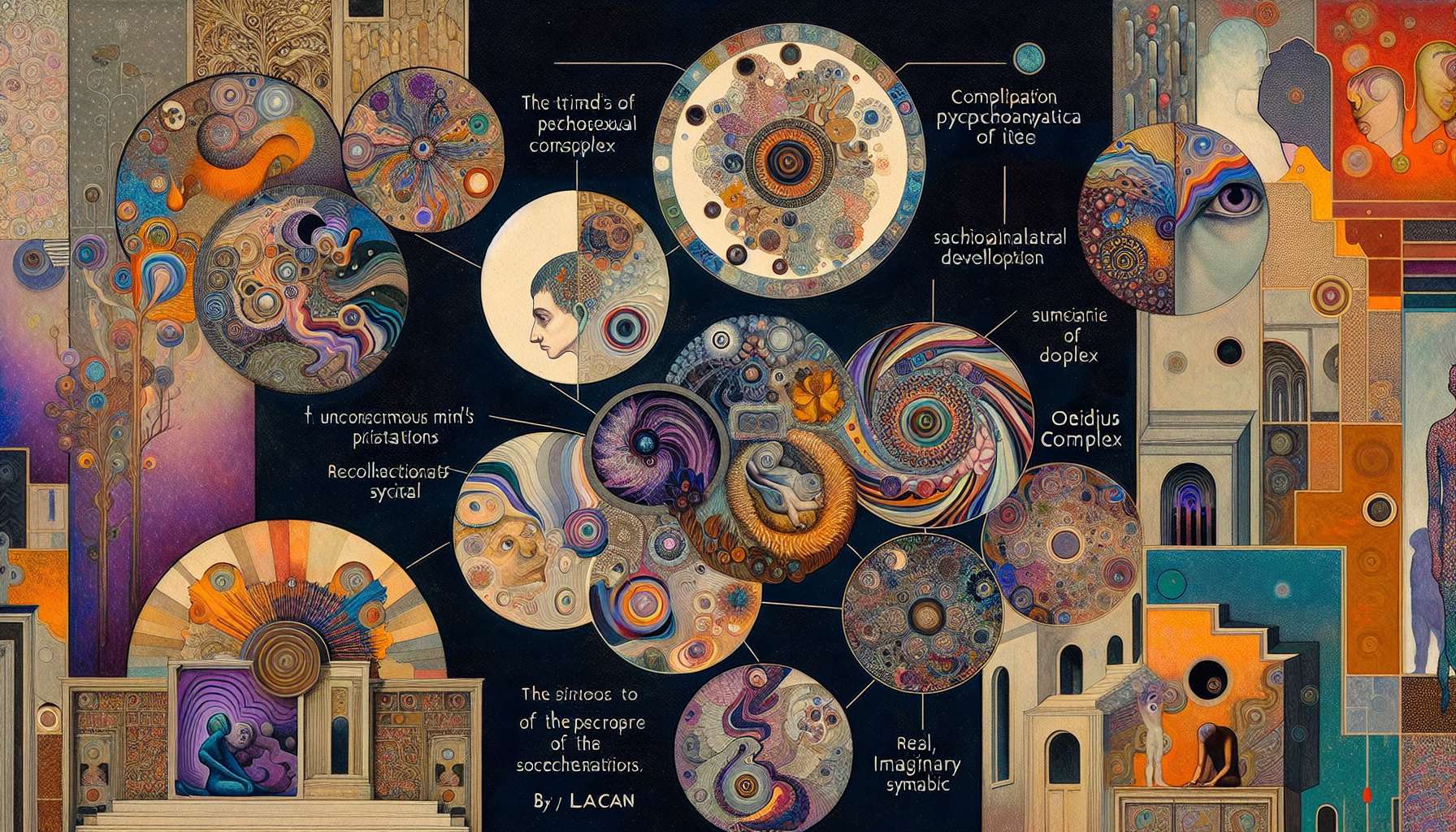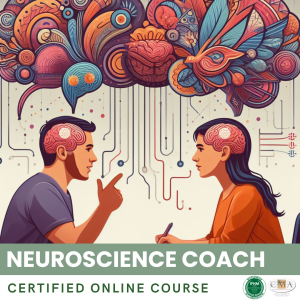Psychoanalytical approaches have played a significant role in theorising gender identities and sexualities. They propose a reading of the psychic construction of the sexual subject, emphasizing the unconscious, fantasies, and early relationships.
Sigmund Freud, the founder of psychoanalysis, develops a theory of infant sexuality. For him, sexuality is not confined to adult genitality but is present from childhood, through partial drives and erogenous zones. Freud describes various stages of psychosexual development (oral, anal, phallic, latency, genital) that structure the child’s psyche. The Oedipus complex is a key moment in this development: the child experiences desire for the opposite-sex parent and rivalry with the same-sex parent. The resolution of this complex allows for identification with the same-sex parent and the integration of taboos (incest taboo, murder taboo).
Freud also addresses the issue of homosexuality. In his early writings, he sees it as a “sexual inversion,” linked to a halt in psychosexual development. However, he later evolved towards a more nuanced position, asserting that homosexuality is not a disease and is compatible with a fulfilled life. He highlights the psychic bisexuality present in all individuals, referring to the coexistence of heterosexual and homosexual desires in the unconscious.
Freud’s theorizations on female sexuality have sparked much debate. Freeman describes the psychosexual development of girls as symmetrical to that of boys, with an inverted Oedipus complex (desire for the father, rivalry with the mother). He mentions penis envy as a feeling of inferiority linked to the absence of a penis. These notions have been criticized by feminist psychoanalysts, such as Karen Horney or Melanie Klein, who have proposed alternative models of female psychosexual development.
Jacques Lacan, a leading figure in French psychoanalysis, offers a reinterpretation of Freudian theories from the perspective of structural linguistics. For him, the unconscious is structured like a language, and the subject is constructed through their inscription in the symbolic order. Lacan distinguishes three registers: the Real (which escapes symbolization), the Imaginary (the register of images and identifications), and the Symbolic (the register of language and the law). He reinterprets the Oedipus complex as the entry into the symbolic order, through the integration of the paternal function and the difference between the sexes.
Lacan addresses the question of sexuation, that is, how the subject positions themselves concerning the difference between the sexes. He proposes formulas of sexuation that describe different possible subjective positions, beyond the male/female binary. For Lacan, there is no sexual relationship, in the sense that there is no perfect complementarity between the sexes. Each subject must invent their own way of dealing with the difference between the sexes and the lack that characterizes it.
Contemporary psychoanalysts, like Jean Laplanche or Joyce McDougall, have proposed unique theorizations on gender and sexuality. Laplanche develops the theory of generalized seduction, where a child’s sexuality is constructed from the enigmatic messages implanted by the adult, bearing both tenderness and sexual excitement. McDougall analyzes neo-sexualities (sexual addictions, perversions, transsexuality) as healing attempts in response to identity conflicts and primitive anxieties.
Finally, more recent psychoanalytical approaches have taken an interest in the issues of LGBTQ+ identities. Psychoanalyst Colette Chiland has worked on trans issues, proposing a non-pathologizing approach that acknowledges the suffering of trans people while questioning the role of social norms in this suffering. Psychoanalyst Didier Eribon, who is himself gay, has analyzed the psychological effects of homophobia and how LGBT subjects construct their identity in the face of social hostility.
Psychoanalytical approaches thus provide valuable insight into the psychic construction of gender identities and sexualities. They invite us to explore the complexity of desire and the unconscious processes that shape the subject. However, they also have limitations, notably related to some heteronormative biases and a tendency to pathologize non-conforming identities. It is important to articulate them with other approaches (gender studies, queer theory) to develop a more comprehensive and inclusive understanding of LGBTQ+ identities.
Key takeaways:
– Psychoanalytical approaches offer a reading of the psychic construction of the sexual subject, focusing on the unconscious, fantasies, and early relationships.
– Freud develops a theory of infant sexuality and describes different stages of psychosexual development. The Oedipus complex is a key moment in this development.
– Freud evolves towards a nuanced position on homosexuality, asserting that it is not a disease. He highlights the psychic bisexuality present in all individuals.
– Freud’s theorizations on female sexuality, such as penis envy, have been met with criticism from feminist psychoanalysts.
– Lacan offers a reinterpretation of Freudian theories from the perspective of structural linguistics. He distinguishes three registers: the Real, the Imaginary, and the Symbolic.
– Lacan addresses the question of sexuation and proposes formulas describing different subjective positions, beyond the male/female binary.
– Contemporary psychoanalysts like Laplanche (generalized seduction) and McDougall (neo-sexualities) have proposed original theorizations.
– More recent approaches have been interested in the issues of LGBTQ+ identities, such as the work of Chiland on trans issues and Eribon on the effects of homophobia.
– Psychoanalytical approaches provide insight into the psychic construction of identities but also have limitations related to some heteronormative biases and a tendency to pathologize.
👉 To download docx (Editable) file click here : Click here
👉 To download PDF file click here : Click here
👉 To download MP3 file click here : Click here







